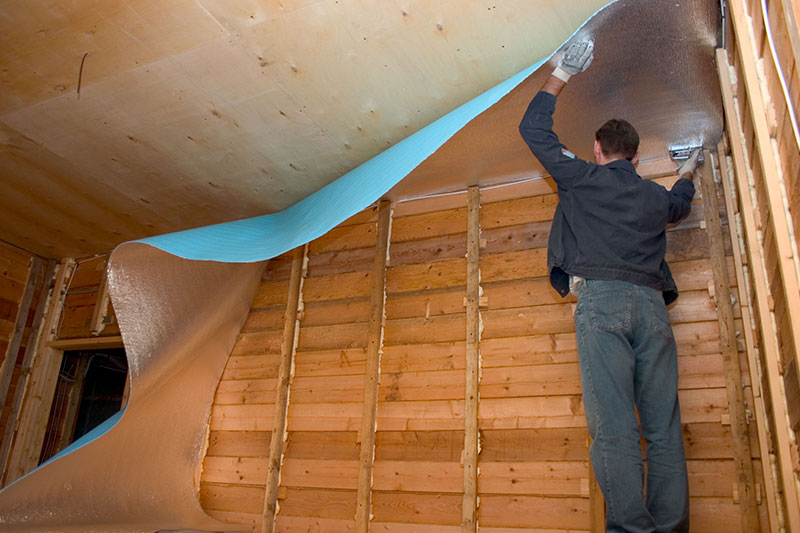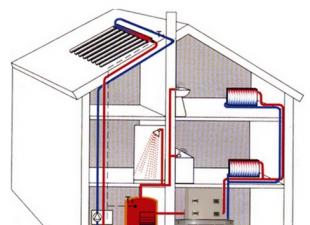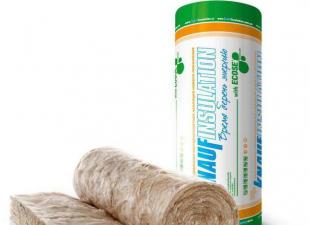Penofol is a brand of foil-wrapped polyethylene foam. As the name implies, this is a combined material consisting of two layers: polyethylene foam and aluminum foil. How does foil penofol and its technical characteristics differ from other types of thermal insulation materials? As we know from the school physics course, heat is transferred from object to object in three ways: convection, i.e. the movement of heated air; conduction, i.e. thermal conductivity of the objects themselves; thermal radiation, i.e. the transfer of heat from one object to another using infrared electromagnetic waves. Most thermal insulation materials prevent one form of heat transfer. Penofol, on the other hand, has a combined effect: foamed polyethylene prevents convection, and thanks to aluminum foil, the thermal reflection coefficient of penofol reaches 97%. The total coefficient of resistance to heat transfer of penofol with a thickness of 10 mm reaches 1.355 (for comparison, the coefficient of resistance to heat transfer of a brick wall with a thickness of 54 cm is 0.405). Thus, using foil penofol, it is possible to achieve a good heat-insulating effect with a small thickness of the insulation.
In addition to thermal insulation properties, penofol also has a number of other useful qualities: it is vapor-tight, lightweight and easy to install, resistant to mechanical abrasion, environmentally friendly, according to some reports, even protects against radiation. Therefore, foil penofol and its characteristics are widely used in industrial and civil construction, they are used for insulation at any facility, from a bathhouse to a main pipeline.
Types of penofol. Penofol installation.

Traditionally, there are three modifications of foil penofol:
- "A" - with one-sided foiling, it is mainly used for insulating walls, roofs from the inside, as well as for insulating engineering systems;
- "B" - with double-sided foiling, used for insulation of interfloor ceilings and internal partitions;
- "C" - with one-sided foiling and self-adhesive layer, used in cases where the use of other brands is technically difficult.
However, at present there are many modifications of this material, in particular, with the use of other types of foil and foam components, internal reinforcement, perforation, etc. Penofol is produced in rolls and has a thickness of 3, 4, 5, 8, and 10 mm.
Installation of penofol is relatively simple, subject to certain rules. The basic rule is that between the penofol and other structural elements there should be a ventilation distance of 1.5-2 cm. This is due to the fact that the penofol is absolutely waterproof. Moisture can accumulate on its surface (especially if it is at the “dew point”), due to which other structural elements will constantly get wet. Penofol is attached with a construction stapler or glue, with the foil side inside the room. The best installation option is “butt-joint”, however, sometimes, for example, when insulating an attic, it is allowed to overlap the upper layer over the lower one up to 10 cm wide. The joints must be glued with aluminum adhesive tape. It should also be remembered that aluminum is a good conductor of electricity, so all wiring near the penofol must be well insulated. It is advisable to use penofol in combination with other heaters (expanded polystyrene, mineral wool, etc.) to achieve the best effect.
 budivel.ru About the insulation and heating of the house.
budivel.ru About the insulation and heating of the house.


